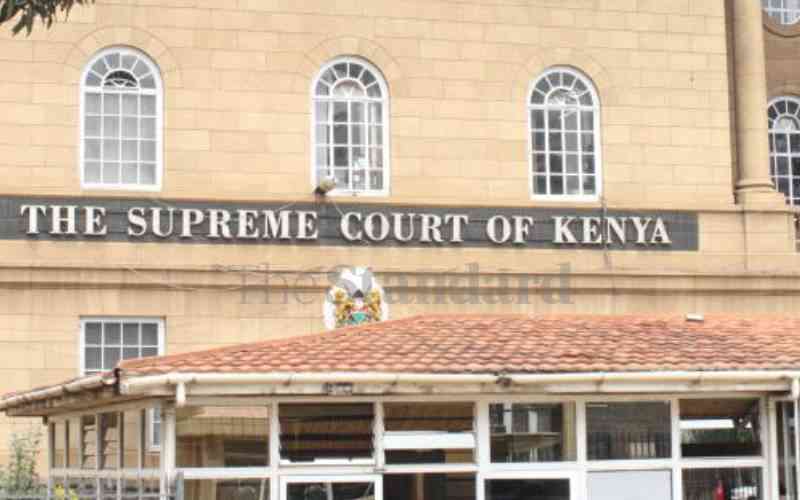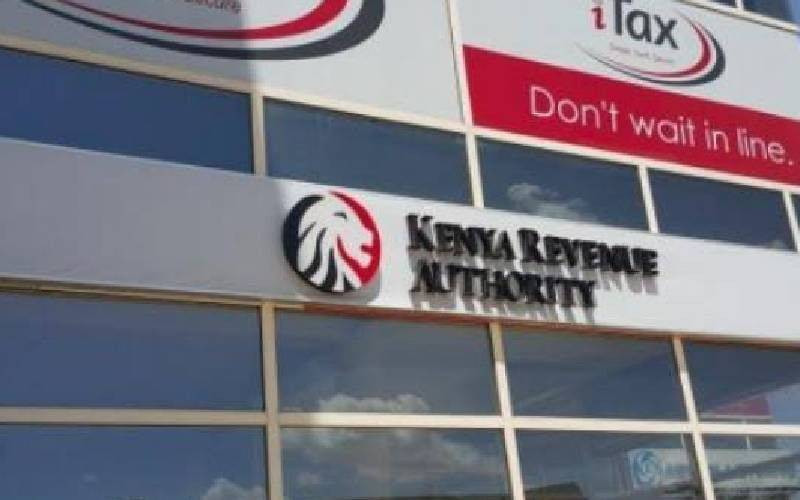
The fast-lane of a motorway or dual carriageway is for use by vehicles that are overtaking or moving more quickly than the rest. [Courtesy]
On Wednesday night, May 5, a 38-year-old man, Allan Ngugi, died after his vehicle rammed the rear underride guard of a lorry on the Southern Bypass.
Pictures of the accident scene show both the lorry and Ngugi’s car, a BMW X5, were on the outside lane (the fast-lane).
The fast-lane of a motorway or dual carriageway is for use by vehicles that are overtaking or moving more quickly than the rest.
Two or more lanes of a dual carriageway are usually separated by a continuous white line or dotted white line. The continuous white line dictates motorists stick to their lanes, and shouldn’t overtake. The dotted white line indicates drivers heading the same direction are allowed to overtake.
The speed limits in Kenya are 50 km/h in town and 110 km/h outside of towns and cities.
Kenyans on social media took issue with the loaded lorry being on the fast-lane, yet it couldn’t move fast because of the weight it was carrying in its container.
Many on Twitter wondered why the driver of the commercial truck couldn’t stick to the left lane (slow lane), which is to be used by vehicles travelling at slower speeds.
Some said had the lorry driver stuck to the slow lane, Ngugi’s death could have been prevented.
Police suggested Ngugi was speeding when the accident occurred at 10pm Wednesday.
Reports say Ngugi was rushing home to beat the curfew cut-off hour of 10pm.
Kenya’s Highway Code by the National Transport Safety Authority (NTSA) demands drivers on Kenyan roads to stick to the furthest left lane, and only use the right lane when overtaking.
“On a dual carriageway, stay on the left-hand lane unless you want to overtake slower vehicles or any obstruction in the left-hand lane or when you want to turn right at the next turn,” says the Code.
Section 73 (1) of the Traffic Act says: “Every vehicle meeting or being overtaken by other traffic shall be kept as close to the left or nearside of the road as possible.”
Even as police investigate circumstances which led to the May 5 accident, Kenyans on Facebook and Twitter still maintain the lorry driver might have obstructed Ngugi’s path.
Section 53 (1 to 4) of the Traffic Act warns motorists against causing any form of obstruction.
“No vehicle shall be allowed to remain in any position on any road so as to obstruct or to be likely to obstruct or cause inconvenience or danger to other traffic using the road, and, save where the contrary is expressly provided in this Act, every vehicle on a road, when not in motion, shall be drawn up as close to the side of the road as possible,” says the law.
Part Two says: “The driver of any vehicle shall, in case of a break-down, remove the vehicle from the road as soon as possible, and until so removed the vehicle shall be placed as close to the side of the road as possible; and as the vehicle remains on the road between the hours of 6.45 p.m. and 6.15 a.m., its position shall be clearly indicated by a light or lights visible to drivers of vehicles approaching from either direction.”
The Act further warns against “leaving” a part of the vehicle on or near the road in a position so as to obstruct or to be likely to obstruct or to cause or to be likely to cause inconvenience or danger to other traffic using the road.
“The driver shall place on the road not less than fifty metres from the vehicle two red reflecting triangles of such construction and dimensions as may be prescribed, one ahead of the vehicle and one behind it so that each is clearly visible to drivers of vehicles approaching from ahead or behind, as the case may be.”
If one is found guilty of obstruction, he risks paying a Sh50,000 fine or one-year jail term.
However, should the obstruction lead to the death of another motorist, then the offending driver risks spending ten years in jail.
“Any person who causes the death of another by leaving any vehicle on a road in such a position or manner or in such a condition as to be dangerous to the public shall be guilty of an offence and be liable to imprisonment for a term not exceeding ten years and the court shall exercise the power conferred by Part VIII of cancelling any driving licence or provisional driving licence held by the offender and declaring the offender disqualified for holding or obtaining a driving licence for a period of three years starting from the date of conviction or the end of any prison sentence imposed under this section, whichever is the later,” says Section 46 of the Act.
 The Standard Group Plc is a multi-media organization with investments in media platforms spanning newspaper print
operations, television, radio broadcasting, digital and online services. The Standard Group is recognized as a
leading multi-media house in Kenya with a key influence in matters of national and international interest.
The Standard Group Plc is a multi-media organization with investments in media platforms spanning newspaper print
operations, television, radio broadcasting, digital and online services. The Standard Group is recognized as a
leading multi-media house in Kenya with a key influence in matters of national and international interest.











